The image has been partially altered.
JICA DXLab, an experimental initiative to promote co-creation with partners who have digital technology, is producing some remarkable results. In India, conflict between humans and wild elephants has long been a problem. A system using AI-equipped cameras for the early detection of elephants near human habitats was recently installed in West Bengal. This helped keep deaths and injuries caused by conflicts between elephants and humans to zero during the project’s operation. In the following article, JICA officials describe this initiative, which was carried out in collaboration with the West Bengal Forest Department, a digital partner, and local residents.
JICA DXLab case

Some images of elephants detected by the project’s AI-equipped cameras.

Sasaki Hirari (left) and Kobayashi Natsumi (right) of JICA's South Asia Division 1, South Asia Department, in charge of the JICA DXLab case Technology Testing to Mitigate Human-Elephant Conflict and Promote Coexistence in West Bengal.
Climate Change Has Complicated Coexistence Between Humans and Wildlife. How Digital Technology Became the Solution
Conflicts between wild animals and humans are increasing all over the world, including the number of incidents of brown bears attacking humans in Japan. In India, tigers, leopards, and elephants are frequently entering human habitats, causing damage and casualties. The coexistence between wild animals and humans is becoming a major issue, and one of the main causes is the impact from climate change.
Sasaki Hirari of JICA's South Asia Division 1, South Asia Department has been involved in developing ODA Loans for forest and biodiversity conservation in West Bengal, and points out that long-term droughts and decreased rainfall has led to forest degradation. "This has caused wild animals searching for food to expand their range into areas where humans live,” she says. “In West Bengal, the most densely populated state in India, population growth is leading to the expansion of human settlements and over-use of forests and other natural resources. How to coexist with wild elephants as well as how to restore and preserve the ecosystem have become major issues." In 2021 and 2022, some 77 people lost their lives and 190 people were injured by elephant attacks in West Bengal, and more than 40 million hectares of agricultural land were affected.
"Since 2012, JICA has been implementing an ODA Loan project in West Bengal to conserve forests and biodiversity,” says Sasaki. “From 2023, we will be embarking on a new ODA Loan project that will focus on climate change countermeasures using ecosystems, biodiversity conservation and restoration activities, and other programs to improve the livelihoods of residents. The West Bengal Forest Department has identified avoiding conflicts between elephants and humans as an urgent issue."

A West Bengal paddy field that has been ravaged by elephants.

A sign in West Bengal warning residents of the possibility of elephants in the area.
Normally, an ODA Loan project requires close to year of research before the project can actually get off the ground. The conflict between humans and elephants, however, was a challenge that couldn’t wait. JICA conducted market research in search of a solution and found great potential in the utilization of digital technology. They decided to use JICA DXLab, which would let them to work quickly with private sector partners who had the most applicable digital technology. JICA DXLab is able to quickly resolve issues in ODA projects through proof-of-concept projects and concept formulation.
Kobayashi Natsumi, of JICA’s South Asia Division 1, South Asia Department, was involved in the digital partner selection process with Sasaki, "The deciding factor was, first of all, their experience in working on coexistence with wild animals in India,” she says. “Another factor was whether their technology was up-to-date and convenient, including the ability to incorporate AI. It was also necessary to have equipment that was small and unobtrusive.”
In the end, they chose RESOLVE
, a nonprofit based in Washington, D.C. The organization was the developer of TrailGuard AI, an alert system that uses ultra-small cameras equipped with AI. The system is being used in Asia and Africa to promote coexistence between wildlife and humans. The company has a production facility in India and a team of Indian consultants, so the ability to work closely with them in the field was a major advantage. In August 2023, RESOLVE, the West Bengal Forest Department, and JICA began the proof-of-concept project.
Real-time Notification of Elephant Appearances Allows for Rapid Response
The TrailGuard AI system uses ultra-compact AI-equipped cameras installed in the forests that automatically detect the appearance of elephants in real time. Forest officials and local residents are immediately notified via mobile phone of the time and location of elephant appearances. The forestry officials who receive the notifications are able to rush to the scene and guide the elephant away from human settlements by closing off forest roads or other methods. For the proof-of-concept project, a total of 30 small AI-equipped cameras were installed in a 1km2 forest at selected locations where elephants were likely to appear.
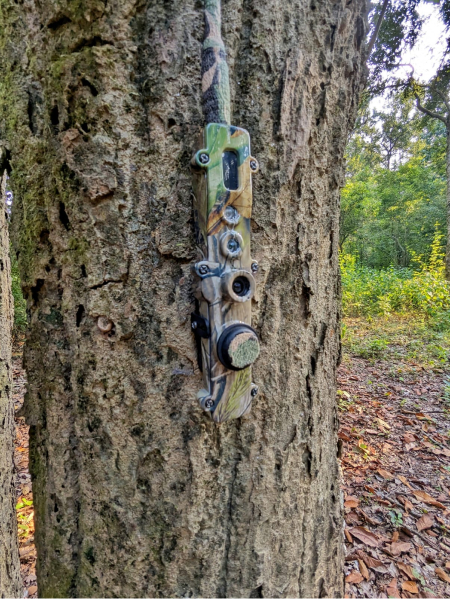
An AI-equipped camera installed on a tree trunk.
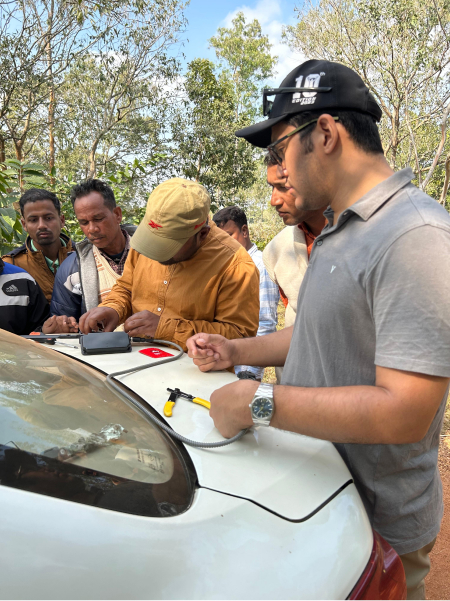
Members of RESOLVE, a digital partner, and local residents hold on-site discussions in preparation for launch of TrailGuard AI.
Prior to this initiative, residents patrolled the area to monitor the appearance of elephants, but the vast size of the forest made locating them difficult. If an elephant was located, it was difficult to describe the exact location to forest officials, and it often took several hours for officials to arrive at the scene. With the introduction of TrailGuard AI, however, the time from locating the animal to the arrival of officials was shortened to an average of 18 minutes. During the six-month time frame of the proof-of-concept project, elephants were detected a total of 175 times, and the real-time alerts resulted in a rapid response. This helped keep the number of deaths and injuries caused by conflicts between elephants and humans to zero during the project’s operation.
"The local residents volunteered to climb the trees to install the cameras high in the trees,” says Kobayashi. “The local community was eager to solve this long-standing problem with its life and death consequences, so we were able to work together with them.”
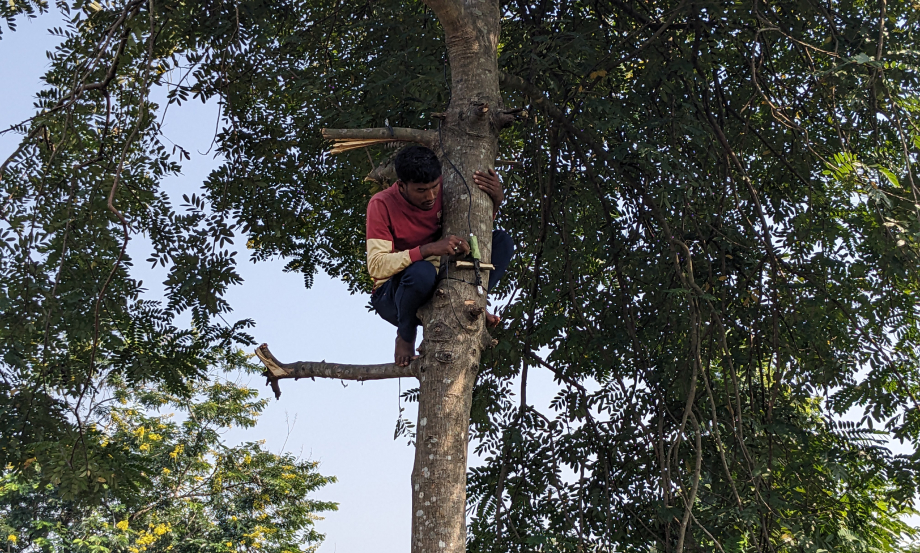
A local resident installs one of the compact cameras in a tree.
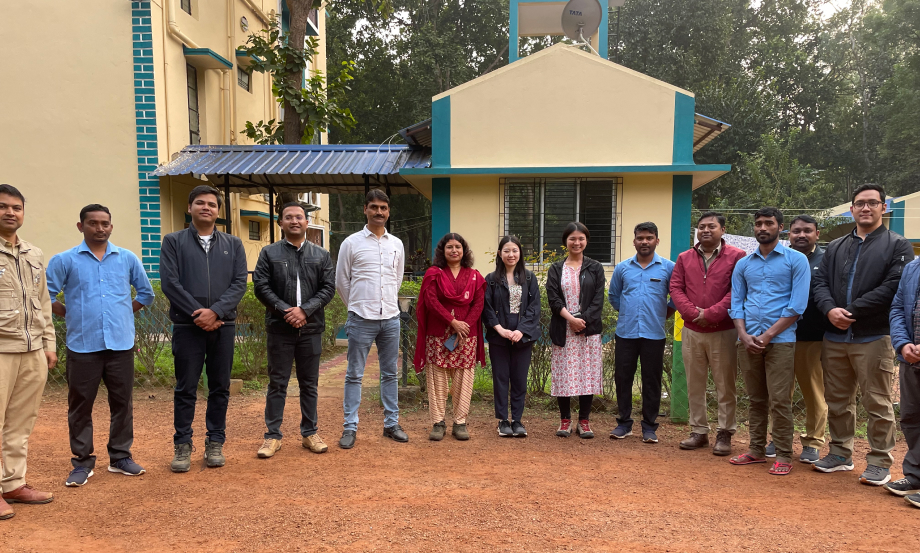
Sasaki (front row, fifth from the right) and Kobayashi (sixth from the right) visited the forest area where TrailGuard AI was installed. They held a number of discussions with staff from the West Bengal Forest Department and RESOLVE to ensure effective operation.
Of course, not everything went smoothly from the start. Initially, there was no increase in the number of elephants detected by the AI-equipped cameras, so the camera specifications and installation locations were changed. "It was a constant process of trial and error," says Kobayashi.
As a proof-of-concept project, however, they were able to quickly incorporate new technology and make course corrections as the situation dictated. They were able to respond more quickly and flexibly than JICA’s regular ODA loan or Technical Cooperation Projects, and both Sasaki and Kobayashi agreed that what made the project effective was "the speed that only JICA DXLab can provide."

Sasaki (left) and Kobayashi discussing their work with JICA DXLab. They said the collaboration helped change their minds about the use of digital technology; they now will consider ways to use digital technology in all their projects.
Continuous Data Collection and Expanding Business Opportunities in the Indian Market
This proof-of-concept project at JICA DXLab concluded in February 2024, but TrailGuard AI continues to be operated on a local level.
Sumana Bhattacharyya, project manager for the demonstration at the West Bengal Forest Department, had this to say about it. “In addition to mitigating the conflicts between humans and wildlife, we hoped that the real time alerts from TrailGuard AI would help us easily ascertain the elephants’ status, such as the size and composition of the group, as well as the direction—toward the forest, or toward human habitats, for example. And most of our expectations were fulfilled.”
In the future, the ecology of elephants can be analyzed in more detail by collecting the data over a longer period of time. More solutions to prevent conflicts between elephants and humans can then be considered, such as how to deal with individual animals and the necessity of reviewing human habitats.
For RESOLVE, the developer of TrailGuard AI, the proof-of-concept project in West Bengal was a big step towards expanding into the Indian market. According to Richard Schroeder, RESOLVE’s director of enterprise development, " JICA gave us the flexibility to explore how best to use our technology in the specific context of West Bengal and it enabled us to gain direct field input from experienced field staff. We had the scope to learn, to improve, and plan for how to scale our work in similar circumstances. We’ve empowered one of our team members to form a for-profit company that will manufacture TrailGuard AI in India for the lowest cost possible and to provide other services related to the technology. We hope to build a market for the technology for the full range of conservation use-cases relevant for India, South Asia, South America, Africa and other regions."
JICA DXLab not only clarifies how digital technology can contribute to solving social issues, but also provide clues to further business opportunities. ODA projects face a mountain of challenges, and there is never just one solution, so trying new approaches is very important. One of the great strengths of JICA DXLab is that fosters experimentation with various combinations to generate unexpected results.
Interviewed: May 2024
Co-creation Case Study/Interview List
- DXLab 1 Using AI to Detect Elephants Early and Promote Coexistence with Humans
- INTERVIEWS 4 Supporting Startups Aiming for Social Innovation in Developing Countries through Google's Accelerator Program
- INTERVIEWS 2 Challenge in Bhutan! Using Health Data to Promote People’s Health and Wellbeing
- CASE STUDIES 5 Satellite Data Used to Predict the Future of the Earth's Environment
- CASE STUDIES 4 Passion for Change! Poverty Reduction through a Unique Financial System
- CASE STUDIES 3 An Innovative Solution to the Global Water Crisis
- CASE STUDIES 2 From Kagawa, Saving Mothers and Children in Asia
- CASE STUDIES 1 A Revolution for a Billion People - Agri-tech Challenges in India
- INTERVIEWS 1 Roundtable: Telemedicine Startup × VC × JICA




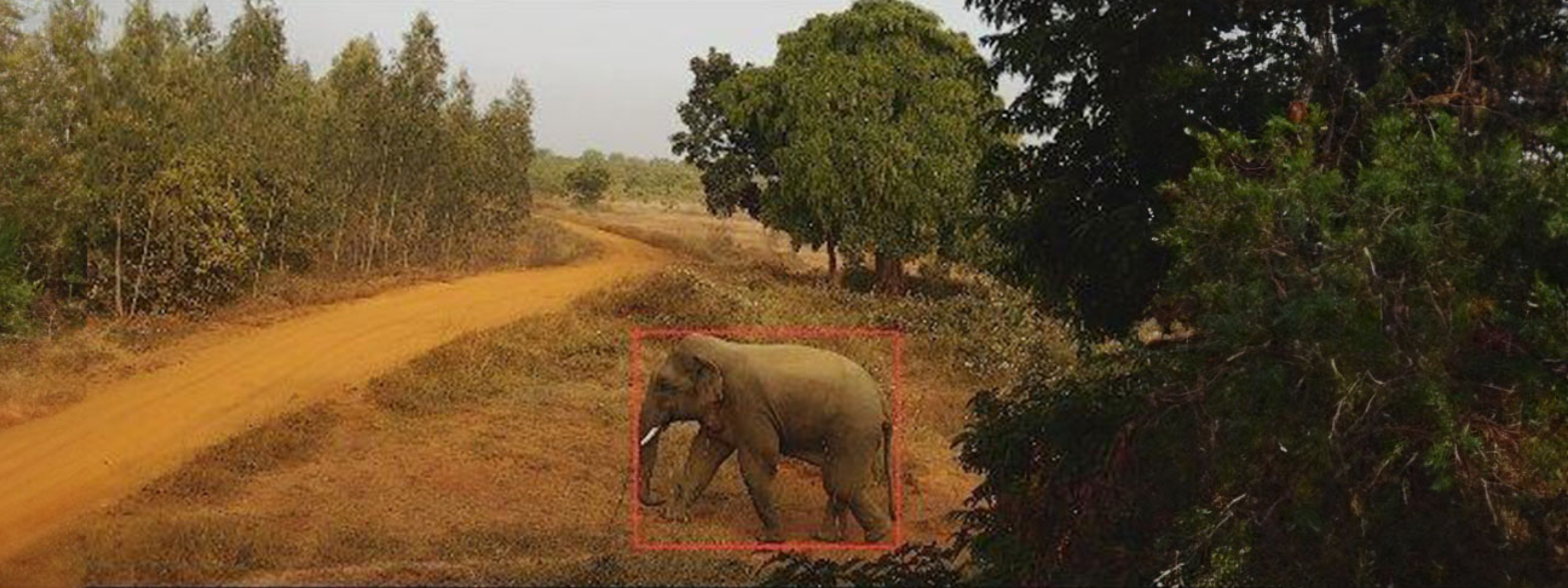

scroll